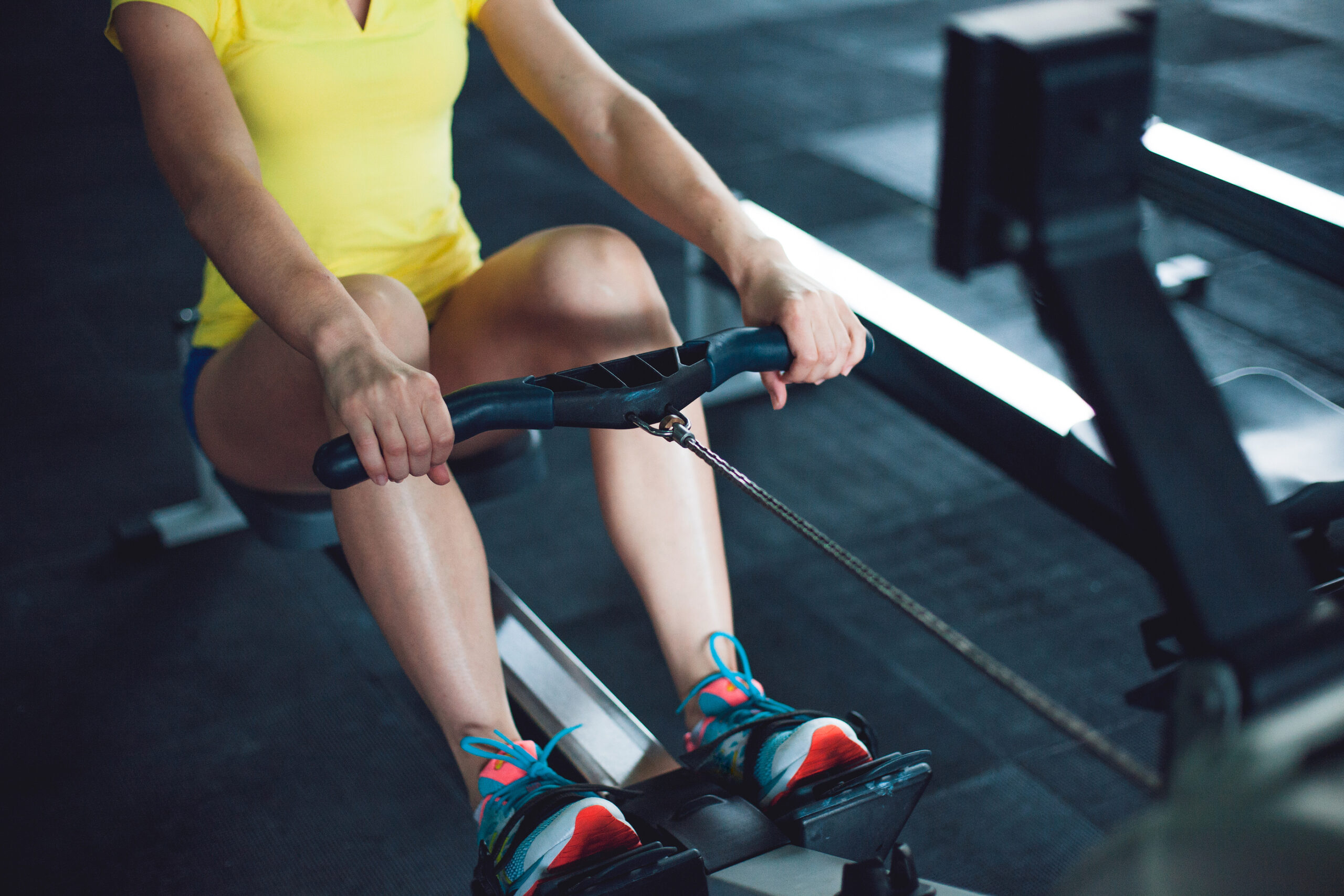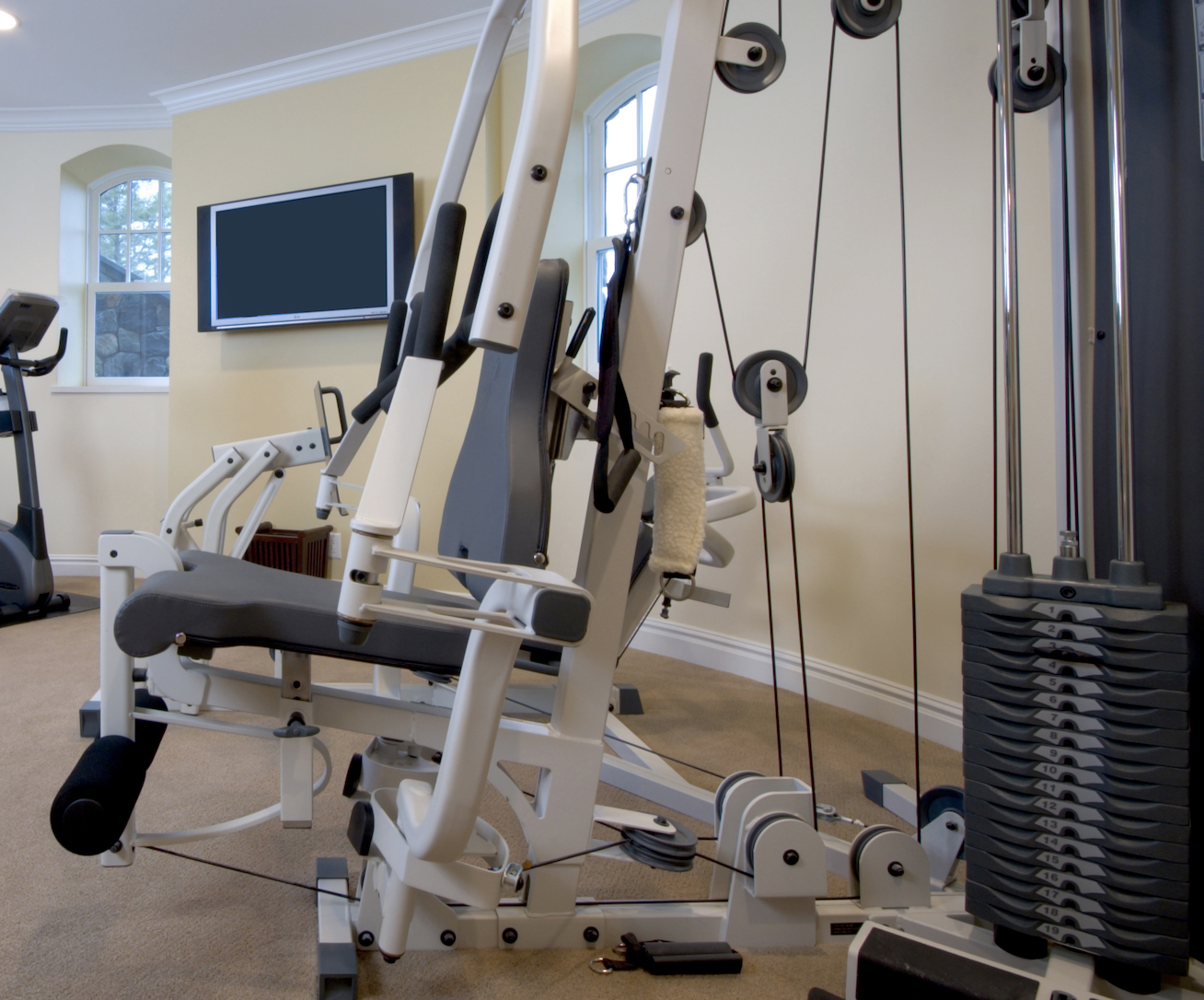Commercials for motorized pedal exercisers (aka “pedalers”) are everywhere now – I know I see at least one every morning while catching up on the news.
According to the marketing, these devices are the perfect solution for seniors looking for gentle exercise that’ll improve their circulation, strength, balance, and pretty much any other ailment they’ve ever had.
We should expect commercials to exaggerate some (I mean they are trying to sell us something), but are any of these claims true?
Should seniors really be investing in these exercise machines?
Long-story-short, as a physical therapist, I would say no – a lot of seniors likely won’t get much benefit from using these automatic pedalers (nor will the middle-aged folks often seen using them in the commercials).
If you’re interested in the longer story, keep reading.
Below I’ll discuss why I don’t think these pedalers are worth the investment for most seniors.
Motorized vs Manual Pedalers
First though, I want to make sure we’re all on the same page regarding the exercise machines we’re talking about here.
Because I’m really talking about the motorized pedalers that move the pedals for you, not the manual pedalers that require the user to actively move the pedals.
| Feature | Motorized Pedal Exerciser | Manual Pedal Exerciser |
|---|---|---|
| Assistance Level | Provides motorized assistance, aiding movement | Requires user to pedal manually |
| Ease of Use | Ideal for those with limited strength or mobility | Suitable for active seniors with sufficient strength |
| Adjustable Resistance | Often includes adjustable speed settings | Typically offers manual resistance adjustment |
| Portability | Compact and lightweight, easy to move and store | Generally lightweight and portable |
| Price Range | Higher due to advanced features | More affordable |
| Ideal For | Seniors who lack ability to actively move legs | Seniors who can move legs |
In other words, the motorized pedalers move automatically, so your feet are simply on for the ride.
Manual pedalers are basically little exercise bikes that you can pedal from any seat – these require you to actively move your feet against resistance.
The difference is active vs passive motion.
Proposed Benefits of Motorized Pedal Exercisers
Here’s a quick rundown on some of the proposed benefits these machines offer:
1. Low-Impact Cardiovascular Exercise
Motorized pedal exercisers supposedly provide a gentle “cardiovascular workout” that elevates heart rate without stressing joints.
This is particularly beneficial for seniors with arthritis or those recovering from surgery, as it reduces the risk of joint strain while promoting heart health.
Personally, I don’t consider passive range of motion a cardiovascular workout because if you aren’t actively moving your legs, your heart rate isn’t going to increase.
2. Enhanced Muscle Strength and Joint Mobility
Regular use of these devices can supposedly help strengthen leg (and/or arm) muscles, which are essential for daily activities and fall prevention.
The smooth, controlled pedaling motion also aids in maintaining joint flexibility, reducing stiffness associated with aging or sedentary lifestyles.
Again, if the machine is doing all the work, your strength isn’t going to improve. I call BS on the increased strength claim, but the gentle range of motion could be helpful when it comes to joint mobility and helping with stiffness in the ankles and maybe knees. So, this claim is partially realistic.
3. Convenient and Space-Saving Design
Motorized pedal exercisers are compact and portable, making them ideal for home use where space may be limited.
Many models are lightweight and can be easily moved between rooms or stored away when not in use, allowing seniors to exercise while watching TV, reading, or even working at a desk.
This claim is true, these little pedalers are small and very easy to move around.
4. Adjustable Speed and Resistance Levels
These devices often feature multiple speed settings and resistance levels, enabling users to customize their workouts according to their fitness levels and rehabilitation needs.
This adaptability ensures that seniors can gradually increase intensity as their strength improves, promoting safe and effective exercise routines.
Features vary depending on make and model, but yes, most automatic pedalers come with adjustable speeds.
5. Support for Rehabilitation and Recovery
Motorized pedal exercisers are commonly used in physical therapy settings to aid in the recovery of muscle strength and joint function following surgery or injury.
The controlled movement helps in regaining coordination and mobility, making it a valuable tool for seniors undergoing rehabilitation.
Nope, not true. Motorized pedal exercisers are not commonly used in physical therapy. We used to use devices call CPM machines (continuous passive movement) that would automatically move a person’s knee after having a knee replacement, but even those are rarely used anymore because it was found they didn’t improve long term outcomes. No, in rehab, we’re more interested in improving strength and mobility through active movement.
Situations Where A Motorized Pedaler Might Help
Ok, so I’m not a fan of the automatic pedalers that do all the work for you, but that doesn’t mean there aren’t a few situations where these devices could be helpful for seniors.
I could see going with one of these machines in the following scenarios:
- Condition that limits ability to move legs – folks that can’t actively move their legs (neurological conditions, spinal cord injuries, etc) may benefit from the gentle passive range of motion.
- Cognitive issues – folks dealing with significant dementia that aren’t able to focus long enough to actively engage with a manual pedaler could benefit from the movement these devices provided.
- Severe pain – folks suffering from debilitating knee pain, who can’t tolerate the full pedaling motion of a manual pedaler, may benefit from the more gentle passive movement of an automatic pedaler.
But if you don’t fit into any of these categories, I’d highly suggest going with a manual pedaler because you’ll get a lot more benefits for your investment.
Final Thoughts
The annoying ads on tv motivated me to write this quick article, but I also get a lot of questions from my patients about these devices.
For the most part, I think these motorized pedalers are a waste of money and most of their claims are bogus.
The simple truth is that seniors will get a lot more out of an active workout, where they have to contract their muscles on their own to turn the pedals (or foot plates for elliptical style pedalers).
Having a machine move your feet for you isn’t going to improve your strength because your muscles aren’t doing the work.
Again, the only real benefit I think these pedalers could offer is for folks who lack the ability to actively move their legs.
In these cases, the movement they can provide is better than nothing.
Otherwise, do yourself a favor and save your money – or better yet, invest in an exercise machine that’ll actually help improve your strength and mobility.
A manual pedaler can be a good fit for smaller budgets and homes with limited floor space, while recumbent bikes and recumbent cross trainers are great for seniors with achy joints.



